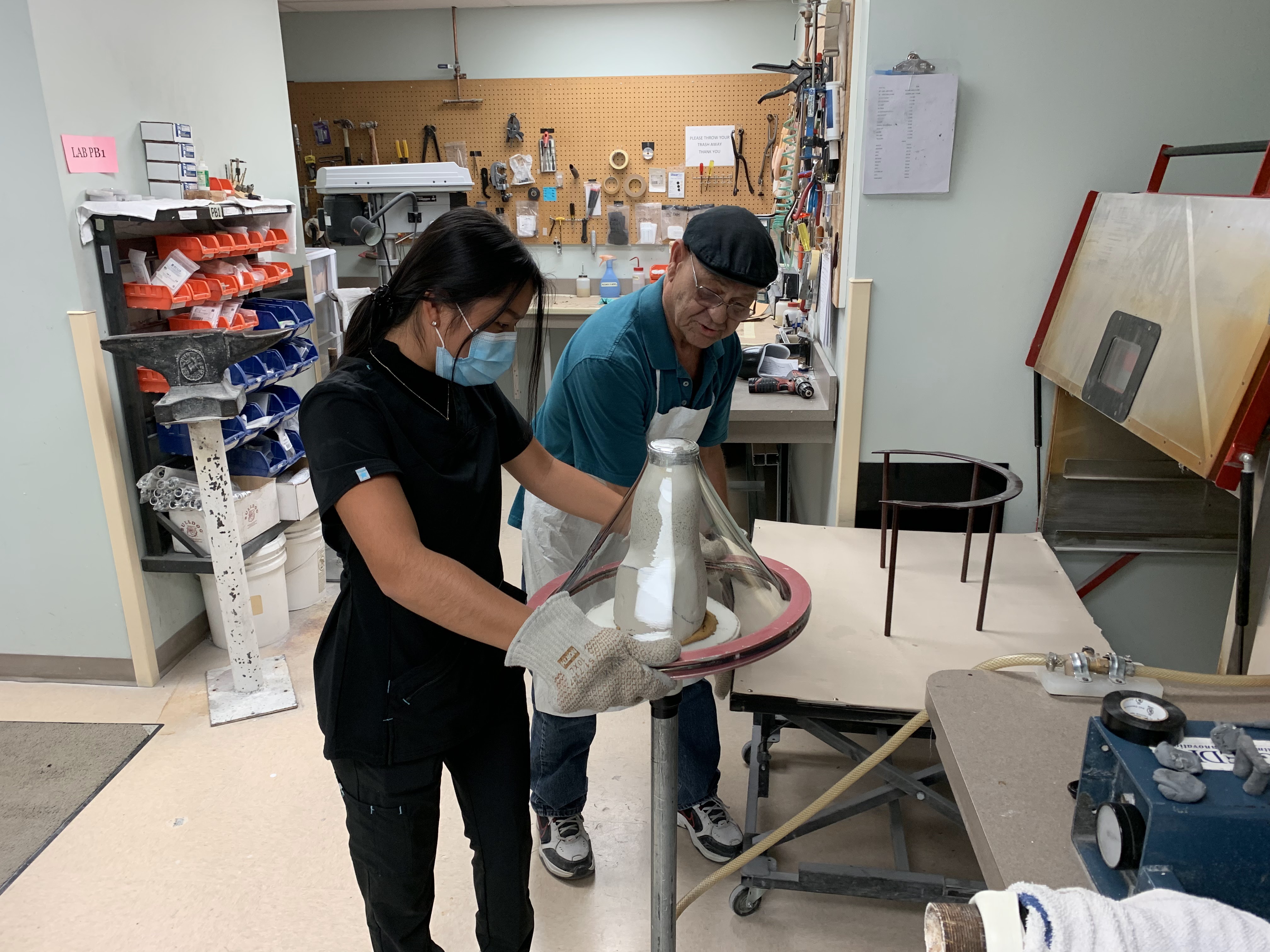
Internships
Creating Successful Internship Experiences
Learners perform authentic job tasks at a worksite or approved location (including virtual) under the guidance of a qualified supervisor.
Building successful internships is rooted in both student and employer commitment to learning. In most cases, a perfect fit doesn’t exist, but when you combine a student’s desire to learn and build skills with an employer that wants to provide rich learning and opportunities to build skills – magic can happen.
What is needed for an internship?
Readiness is a key consideration – students should have already been exposed to real-world learning experiences that build on one another, and employers should be familiar with the expectations around working with aspiring young professionals.
Student Preparation
Student preparation should include building AWARENESS of the variety of ways to apply skills and interests to work.
Then, cultivating that awareness into INTEREST in more specific jobs or industries might happen through job shadows, career fairs, SME interviews, or site visits/tours.
When a student is ready to ACTION and be matched, the process and requirements should be transparent and supported.
Employer Preparation
Employer preparation should include creating an internship job description and planning the work within the team hosting the intern(s).
Work should balance exposure across different business departments and provide opportunities to go deeper on a project.
Identifying a manager responsible for monitoring and supporting progress is required; an additional mentor is even better.
MVA Definition: Work Experience & Internships
Learners perform authentic job tasks at a worksite or approved location (including virtual) under the guidance of a qualified supervisor. These experiences typically include some of the following:
- Academic credit (high school or college),
- Compensation,
- 120 hours of engagement,
- Performance is evaluated by the work manager in addition to the educator.
5 Key Components for Internship Planning
-
Quality Considerations
One
—The internship involves authentic work that will challenge the intern and advance the employer’s goals
—Minimum of 120 hours within a calendar year (at least 60 hours on-site)
—Students have regular check-ins with an internship teacher/sponsor in addition to their managers and mentors.
-
Student Support
Two
—The School has an RWL-informed counselor to refer students to CCP opportunities within specific courses
—Designated school staff and/or teachers serving as facilitators/coaches for students.
-
Making it “Real”
THREE
—Employers host interns on-site for students to observe industry operations.
—On-site supervisors provide regular feedback to interns.
—School sponsors provide professional skills training to support student success at their internship.
—Employers provide training to students (e.g., orientation, job-specific training provided by the on-site supervisor).
-
Student Agency & Voice
FOUR
—Students request and receive feedback from supervisors.
—Internships can be sourced by a student, intermediary, or school.
—Students can describe their experience and the value of the achievement and are prepared to add it to their resume, portfolio, and/or LinkedIn profile.
-
Assessment & MVA Completion
FIVE
—Student performance is evaluated by the mentor/manager.
—Student completes internship and receives high school credit.
—Evidence of student outgrowths.
—Steps & Assessment can be used toward a grade or other school-awarded transcript indicator (i.e. MVA badge).
